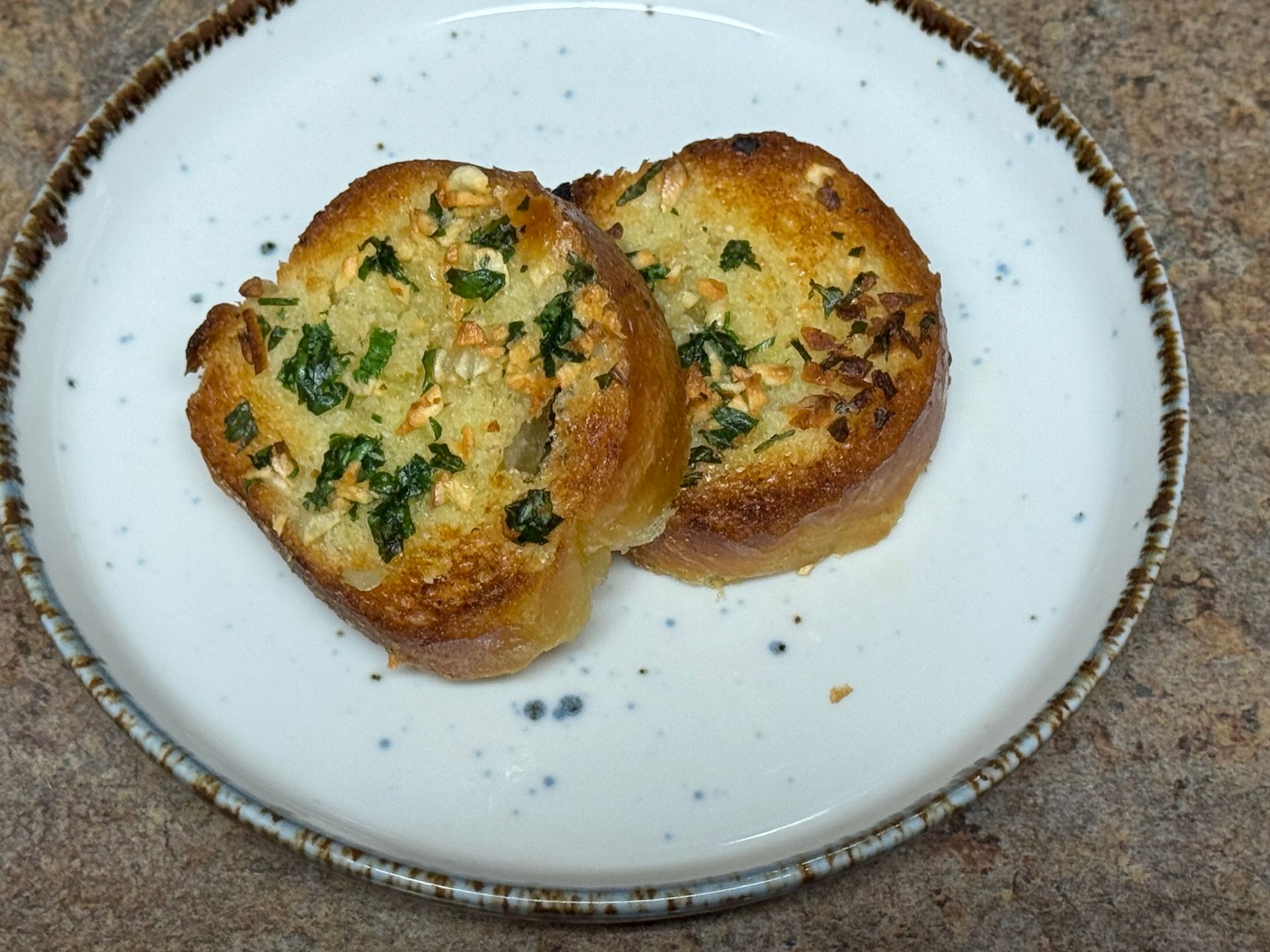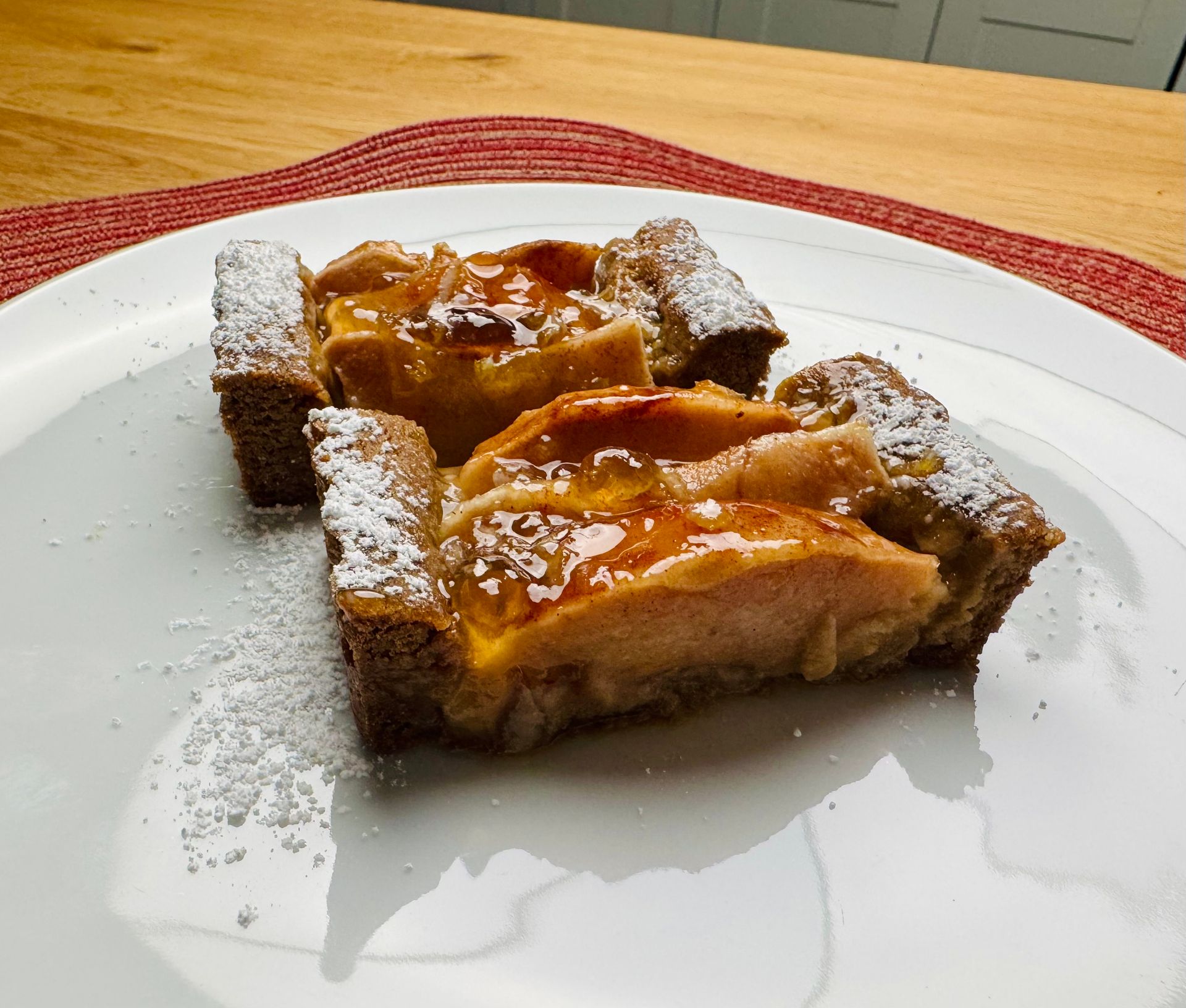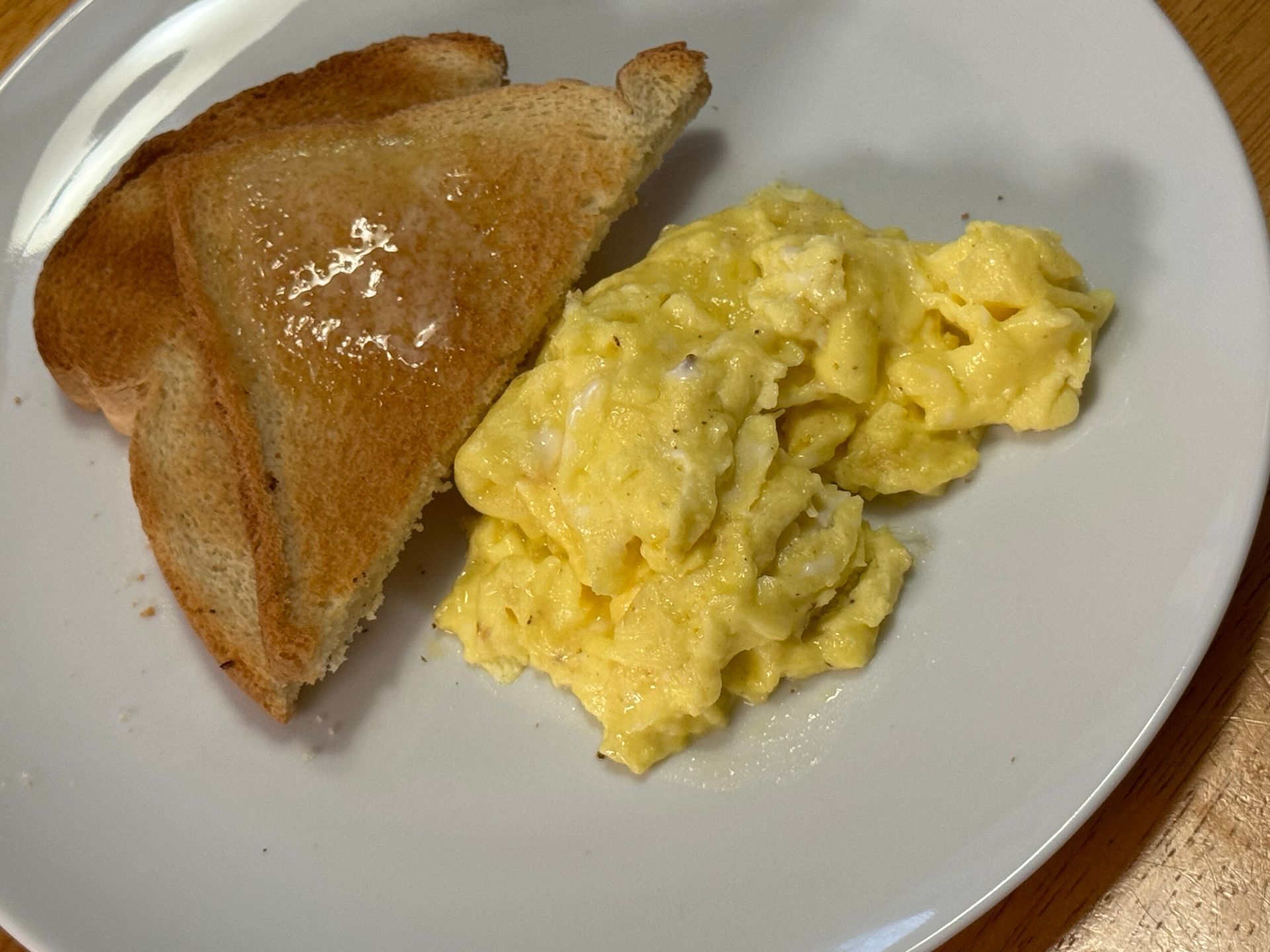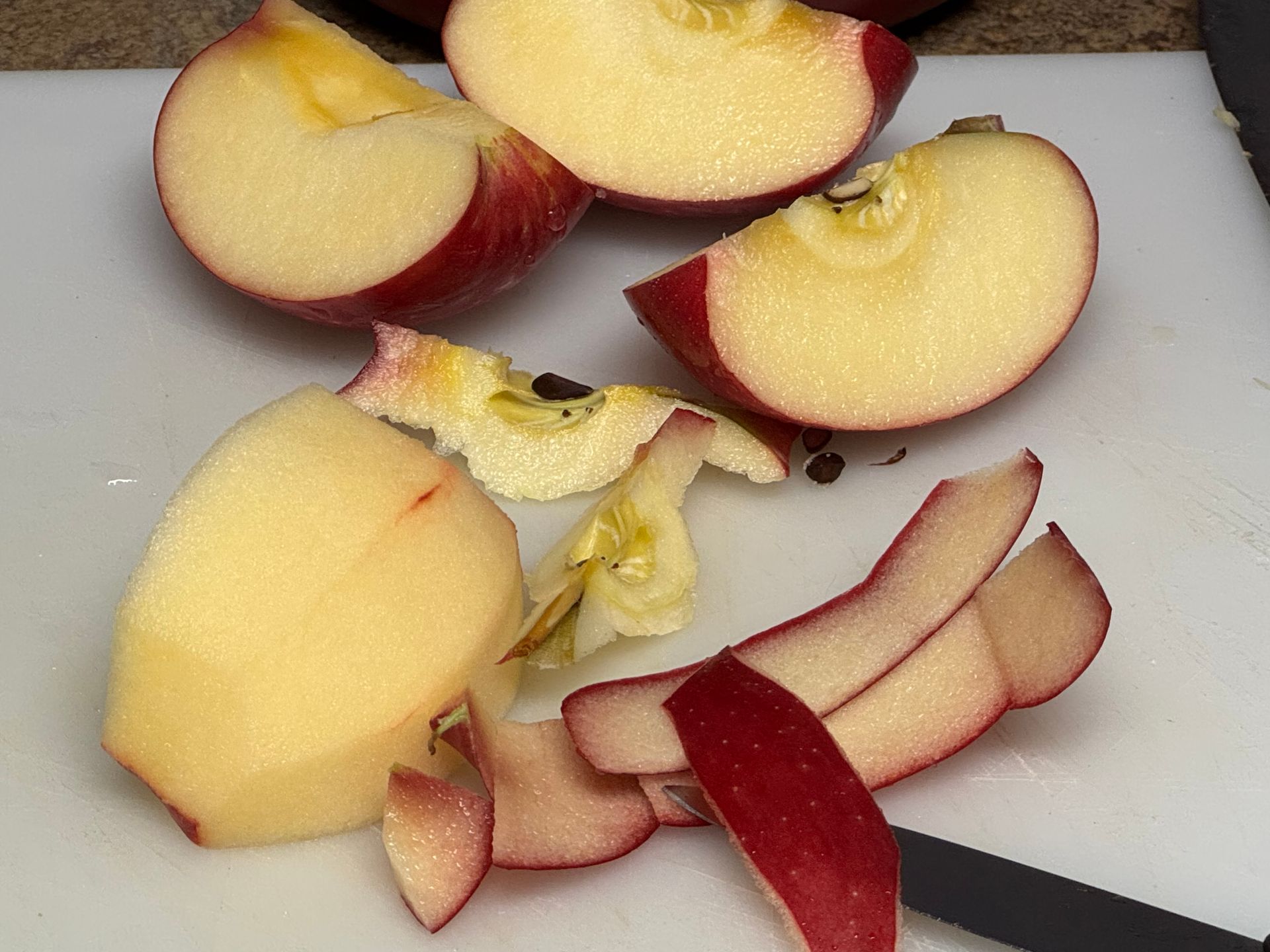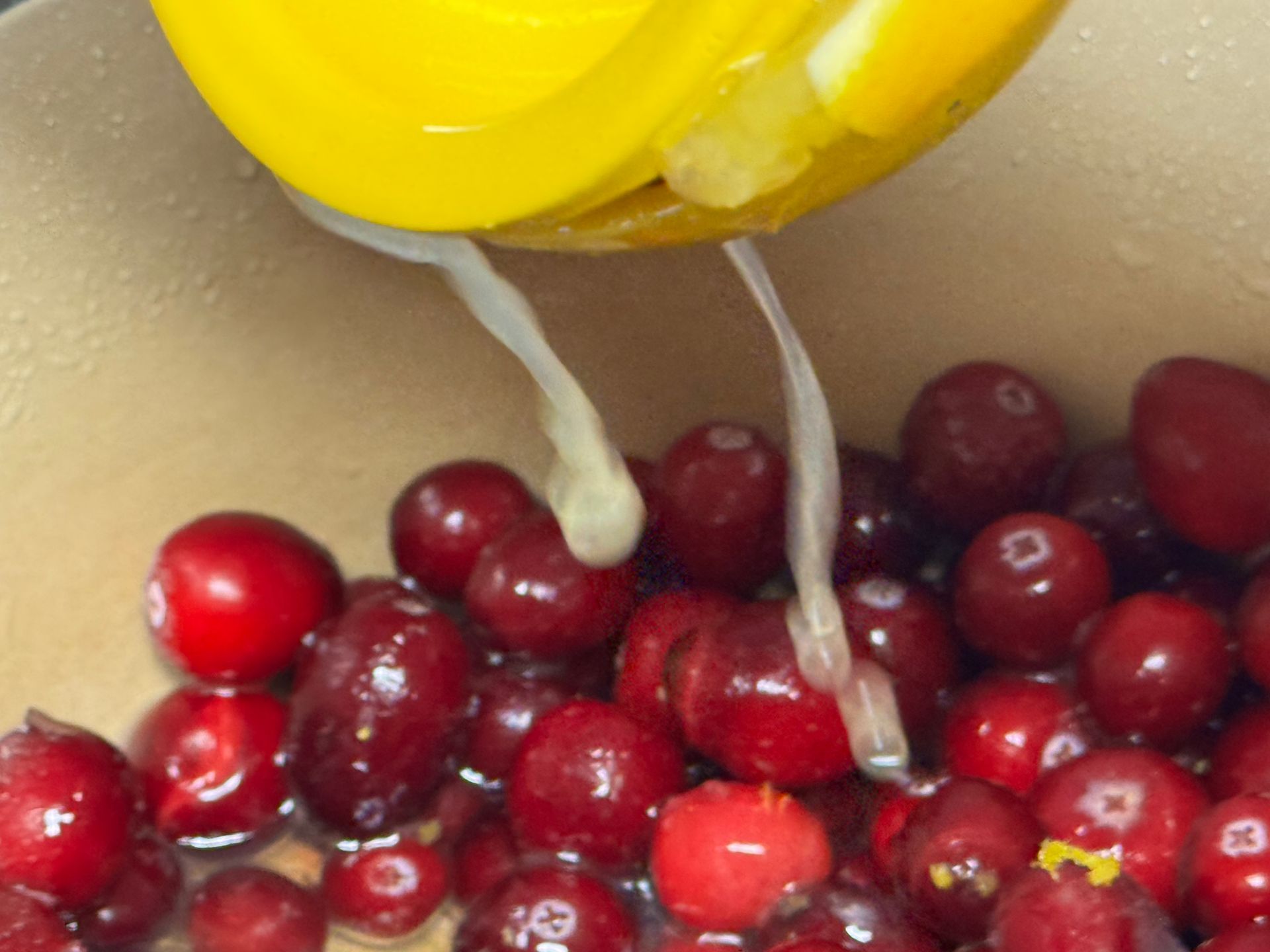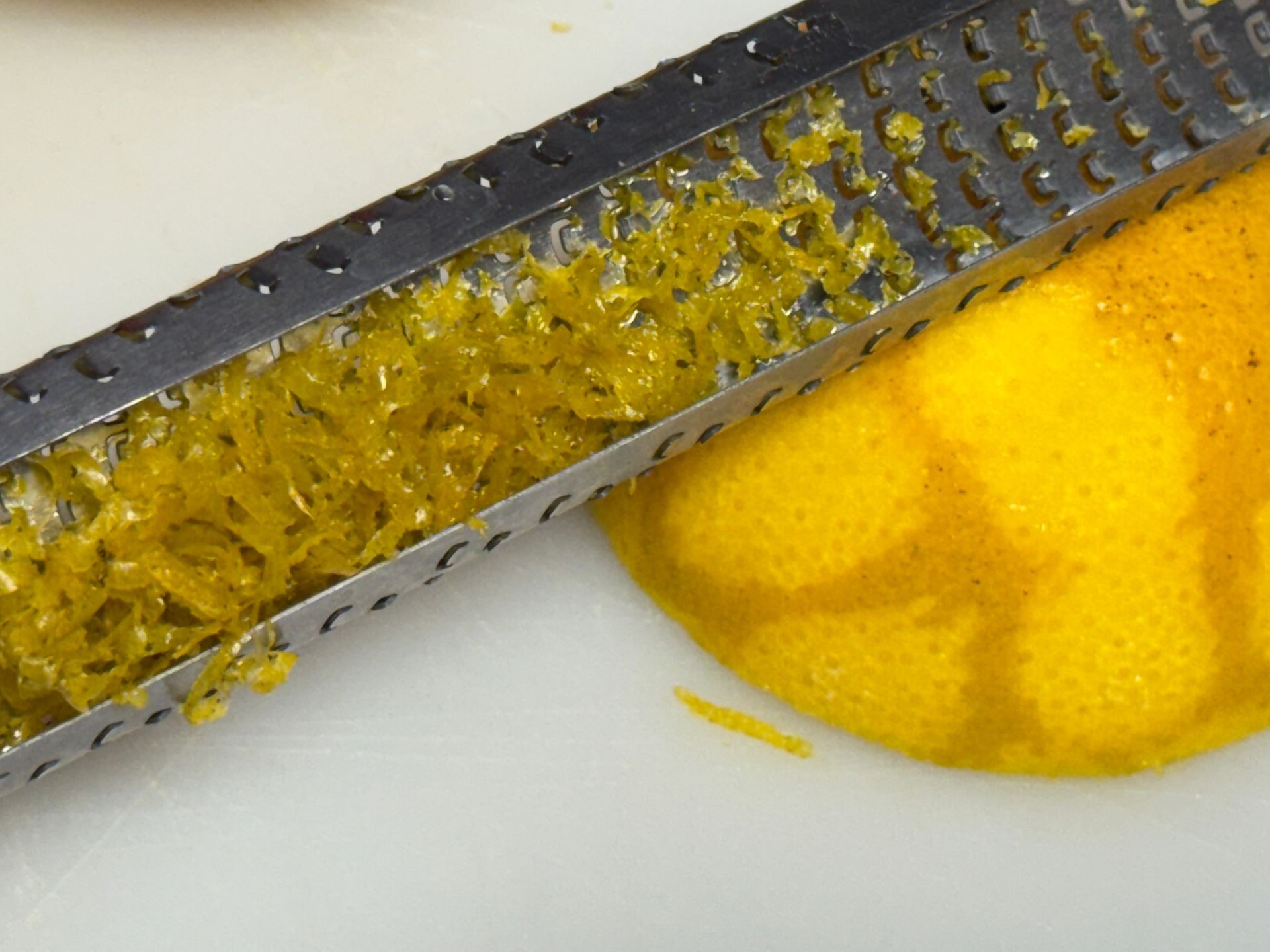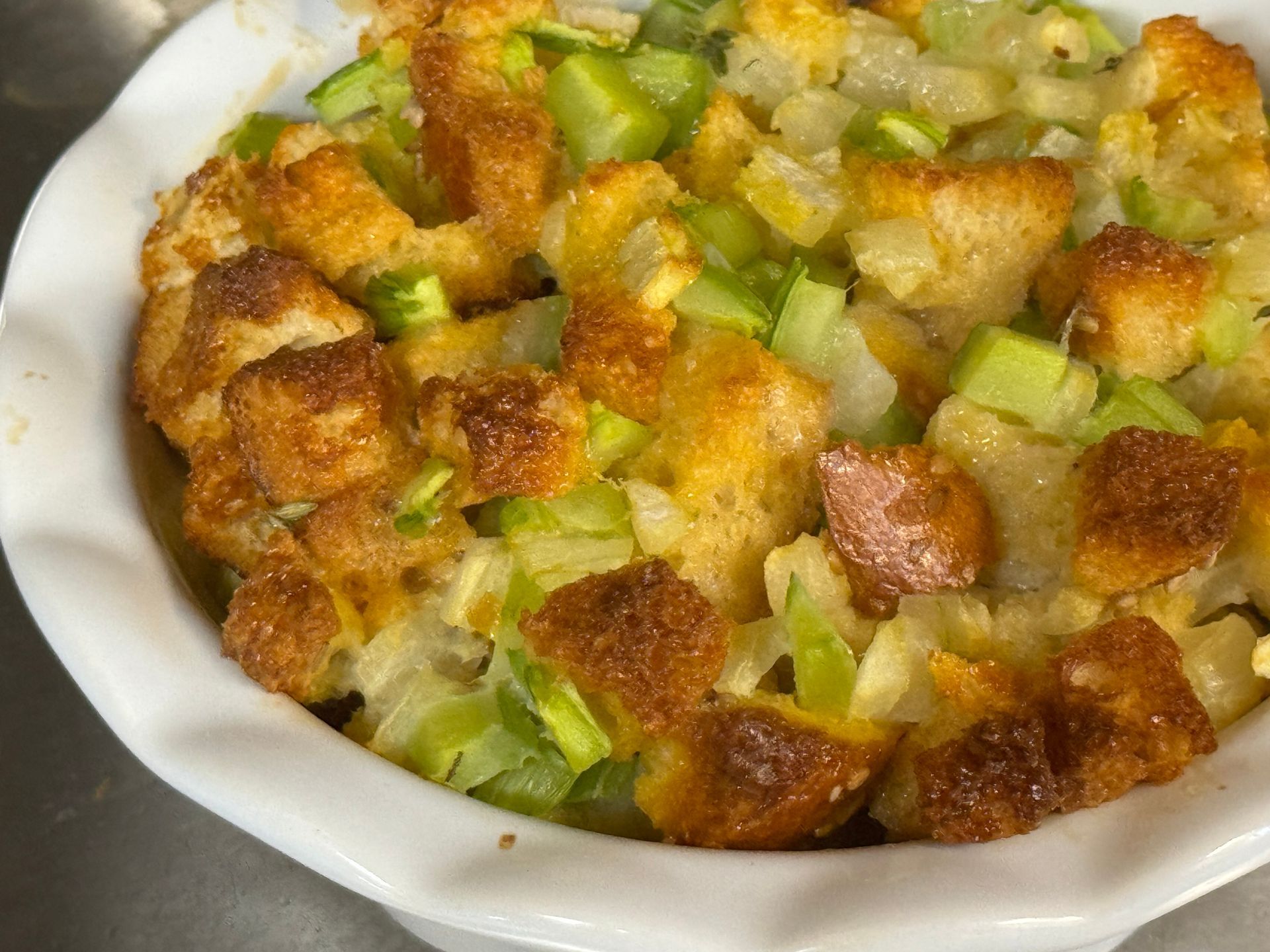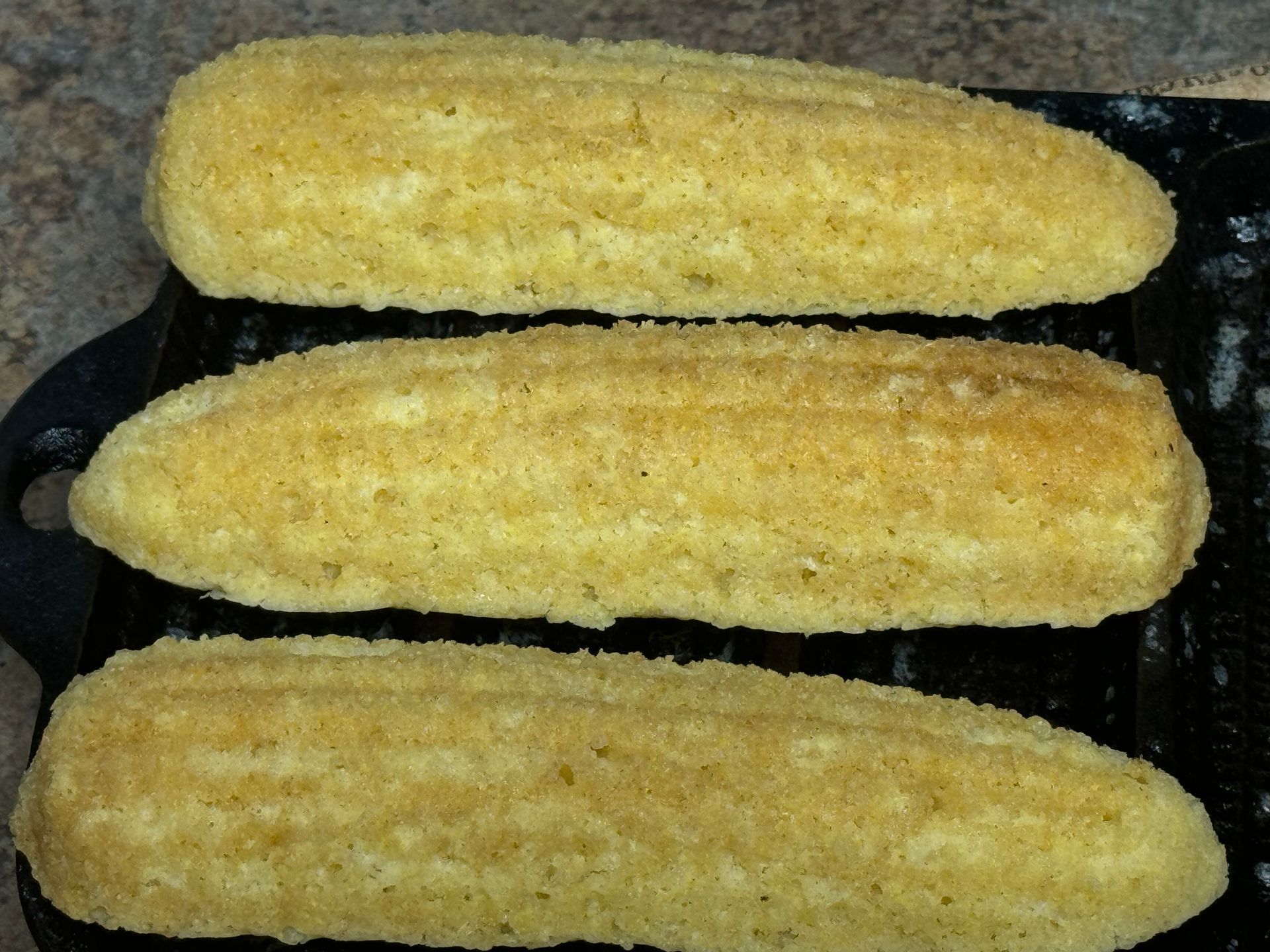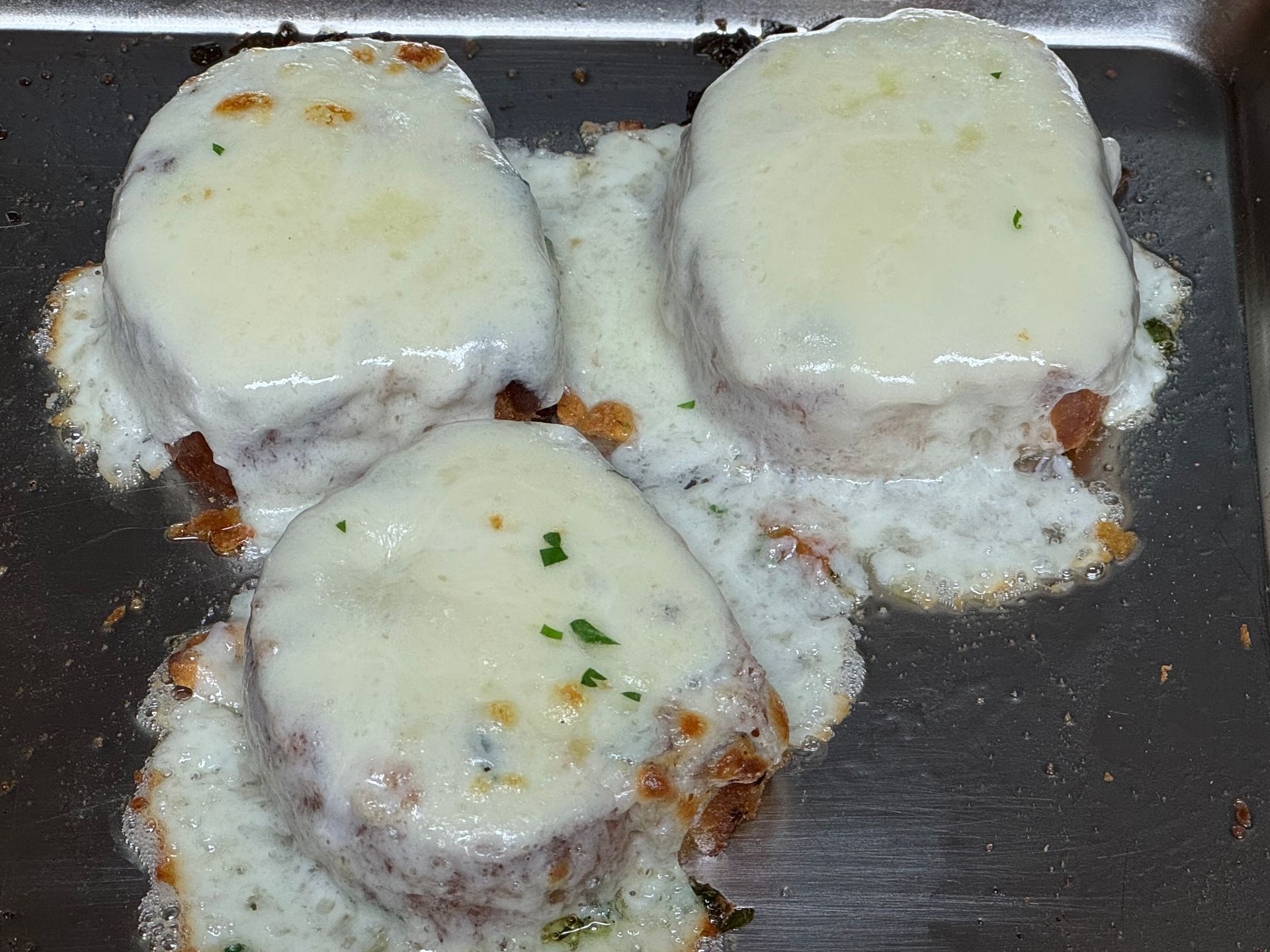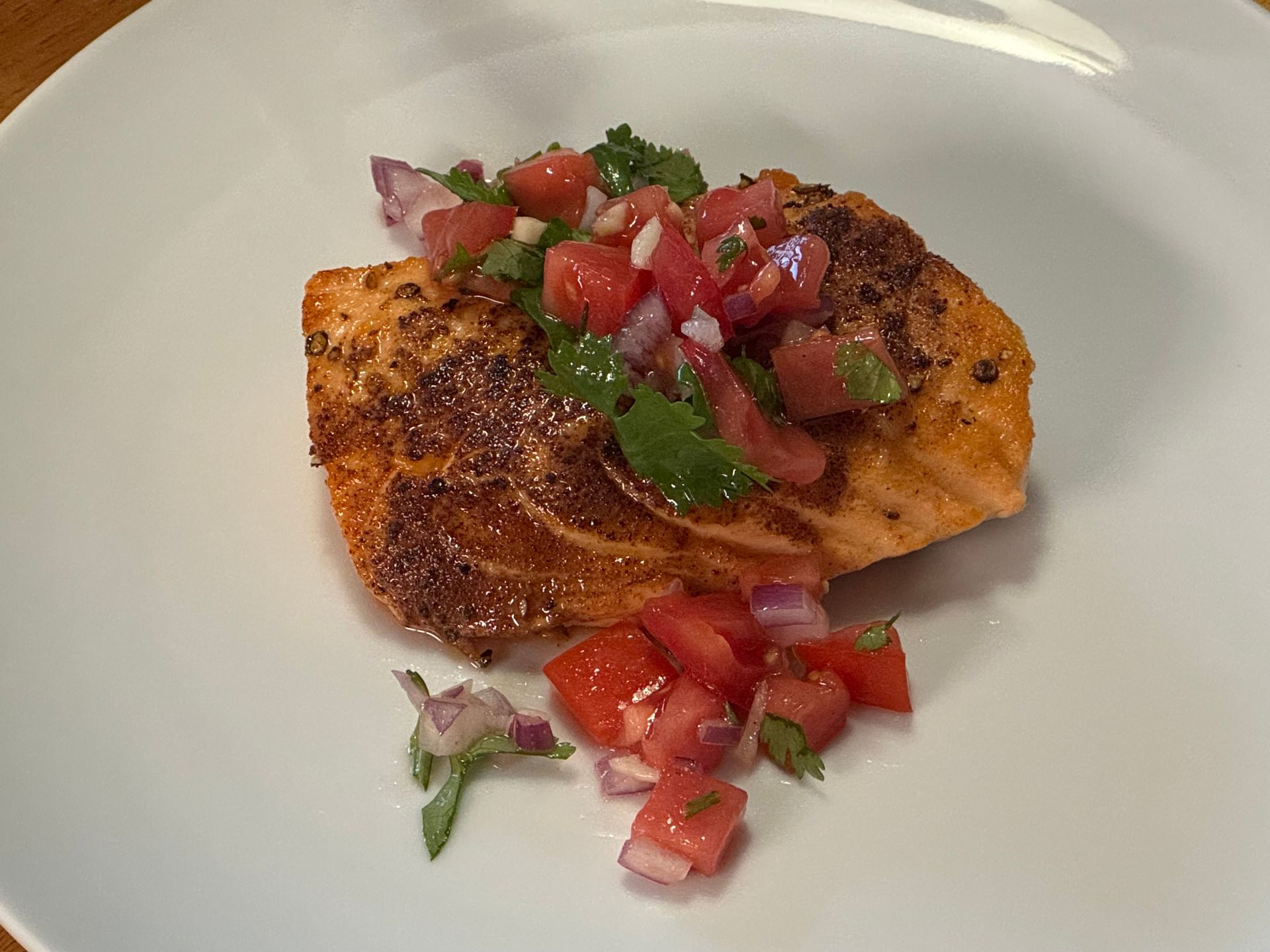
I was very fortunate to spend several months on a cruise ship traveling around Alaska and Canada. I was able to learn how fisherman caught salmon and the native Alaskan people canned salmon.
There are five types of salmon, the guides loved to share the 'salmon fingers trick'. King salmon is considered the most flavorful salmon with a fatty, buttery flavor. (This is the longer, middle finger) Coho or Silver salmon is firmer with a milder flavor (ring finger for silver); Sockeye salmon (pointer finger) is lean and has a darker red color. Pink salmon (pinky finger) is most common and used by Alaskan people for canning and Chum (thumb) salmon is mild and seems to be the least popular.
I prefer farm raised, Atlantic salmon for forcemeats due to the milder flavor and fatty texture.
I spent a week fishing for halibut in Alaska and we rigged up the belly of a chum salmon for bait... it worked really well!
Cooking Salmon Fillet
Salmon is a very popular fish and extremely versatile to cook. I like poaching portions of salmon in court bouillon and serving cold with herbed mayonnaise or hot with Hollandaise sauce.
It's also great sautéed and grilled.
Salmon can be purchased in steaks, fillets, diced and even ground... and of course whole or in full sides.
Salmon is considered an oily fish, in the category with mackerel and bluefish. It's known for having omega 3 fatty acids which are good for our health.
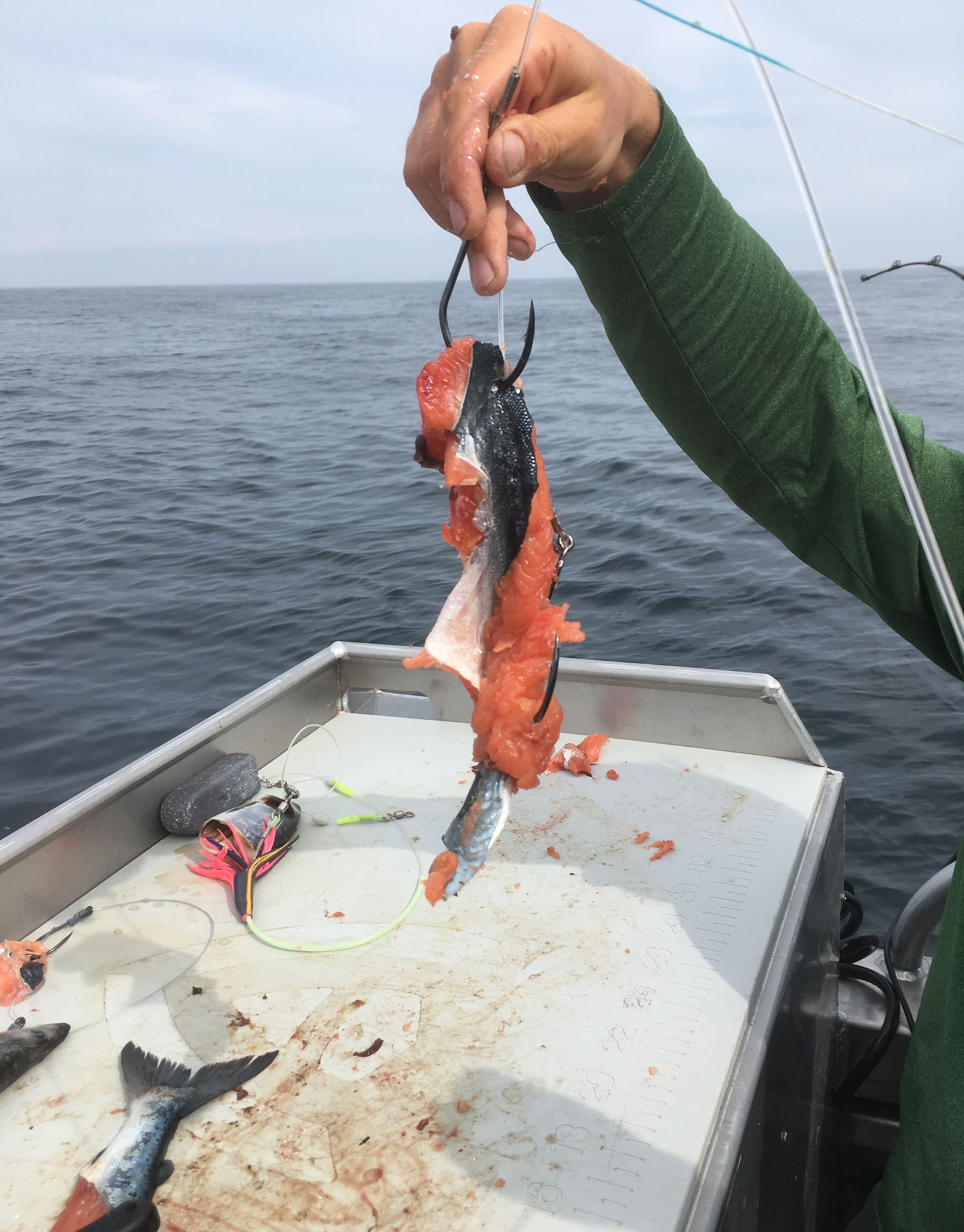
Cooking Salmon
Prep Time: 20 min
Cooking Time: 20 min
Yield: 4 portions
Ingredients
2 qts. Olive Oil or Butter
1 lb Salmon fillet portions
1/2 tsp Kosher Salt
t.t. Black pepper
Serve with fresh lemon or your favorite condiment. I like salsa with salmon fillet.
How to Prepare Salmon fillet
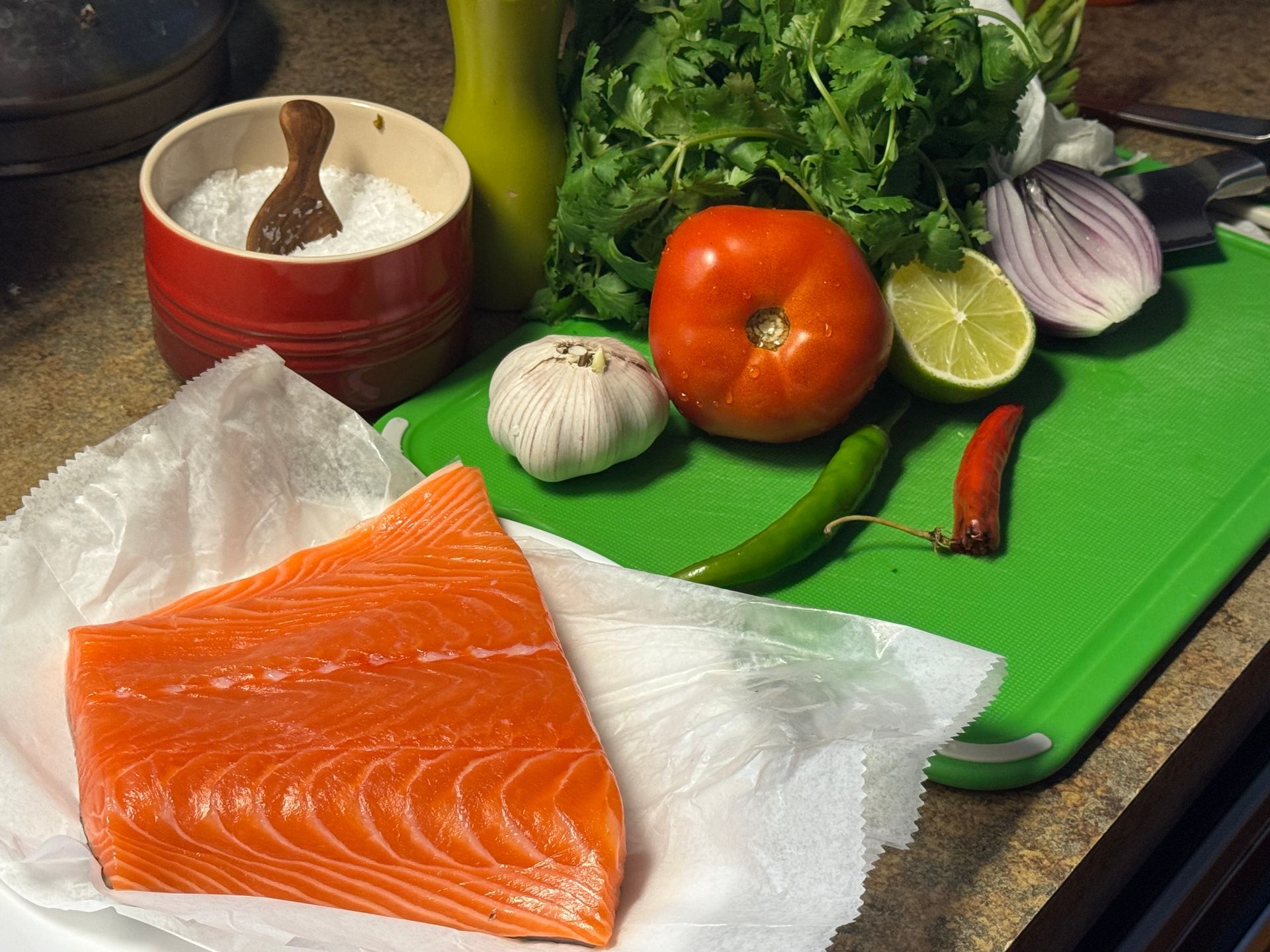
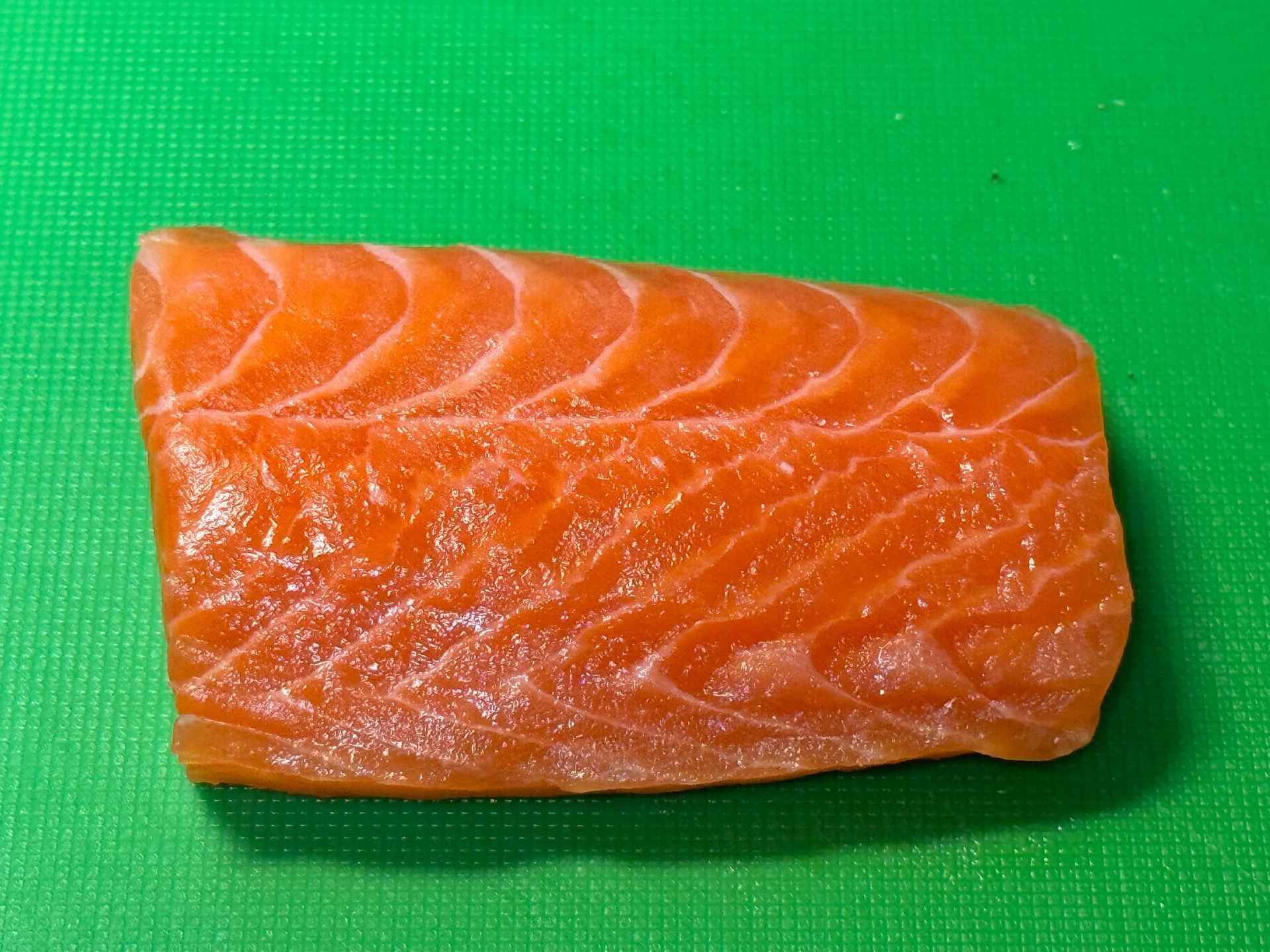
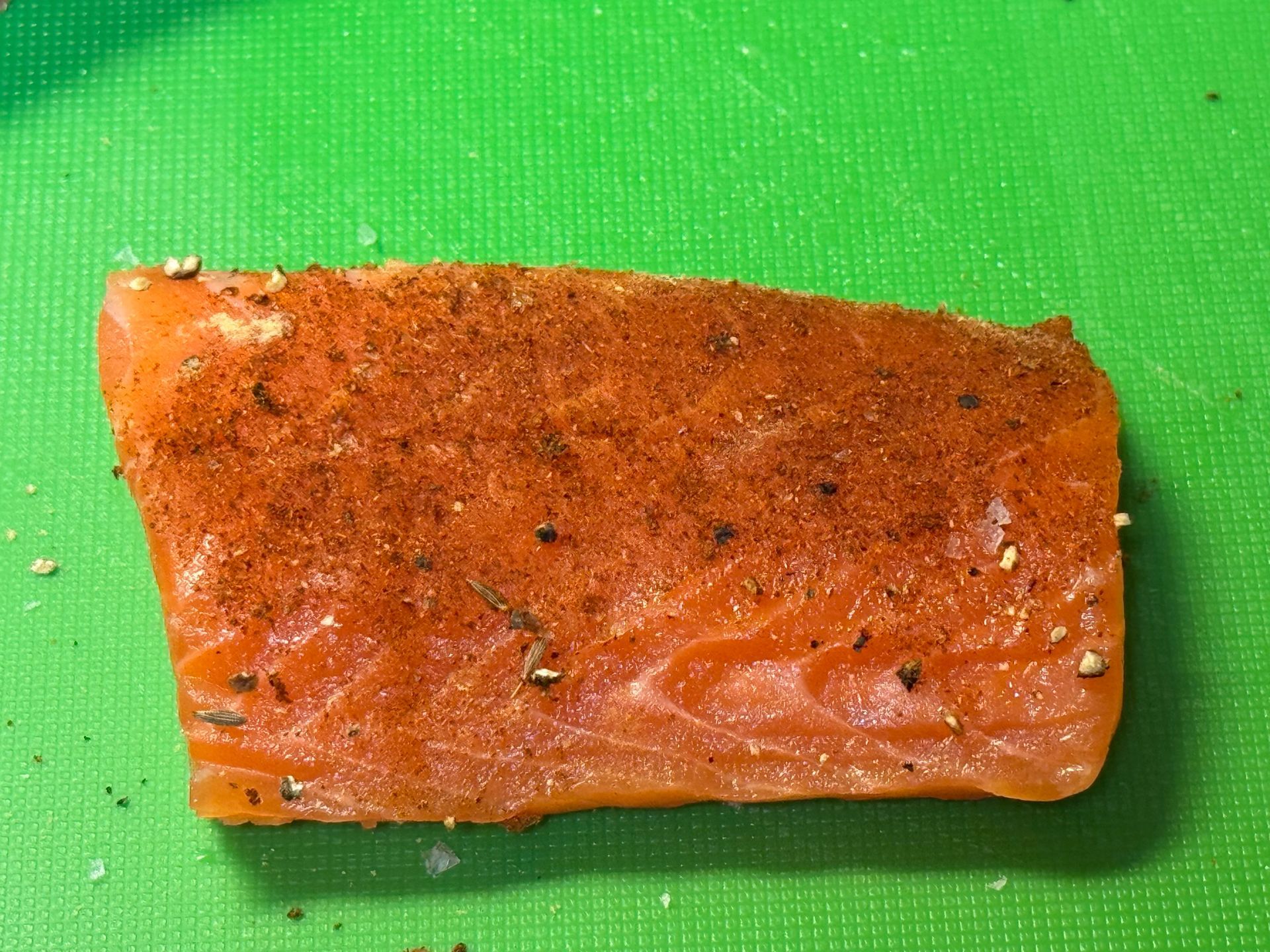
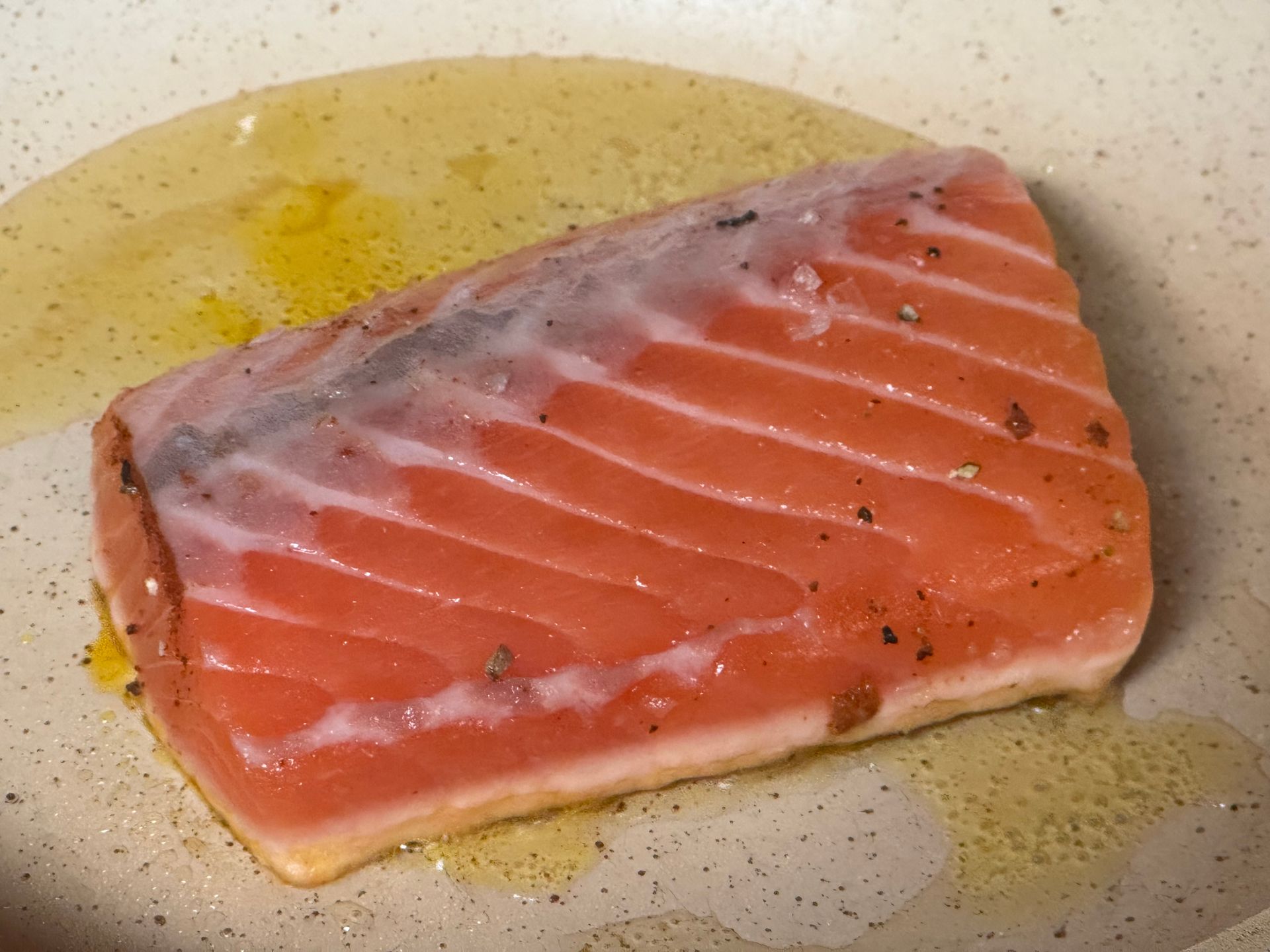
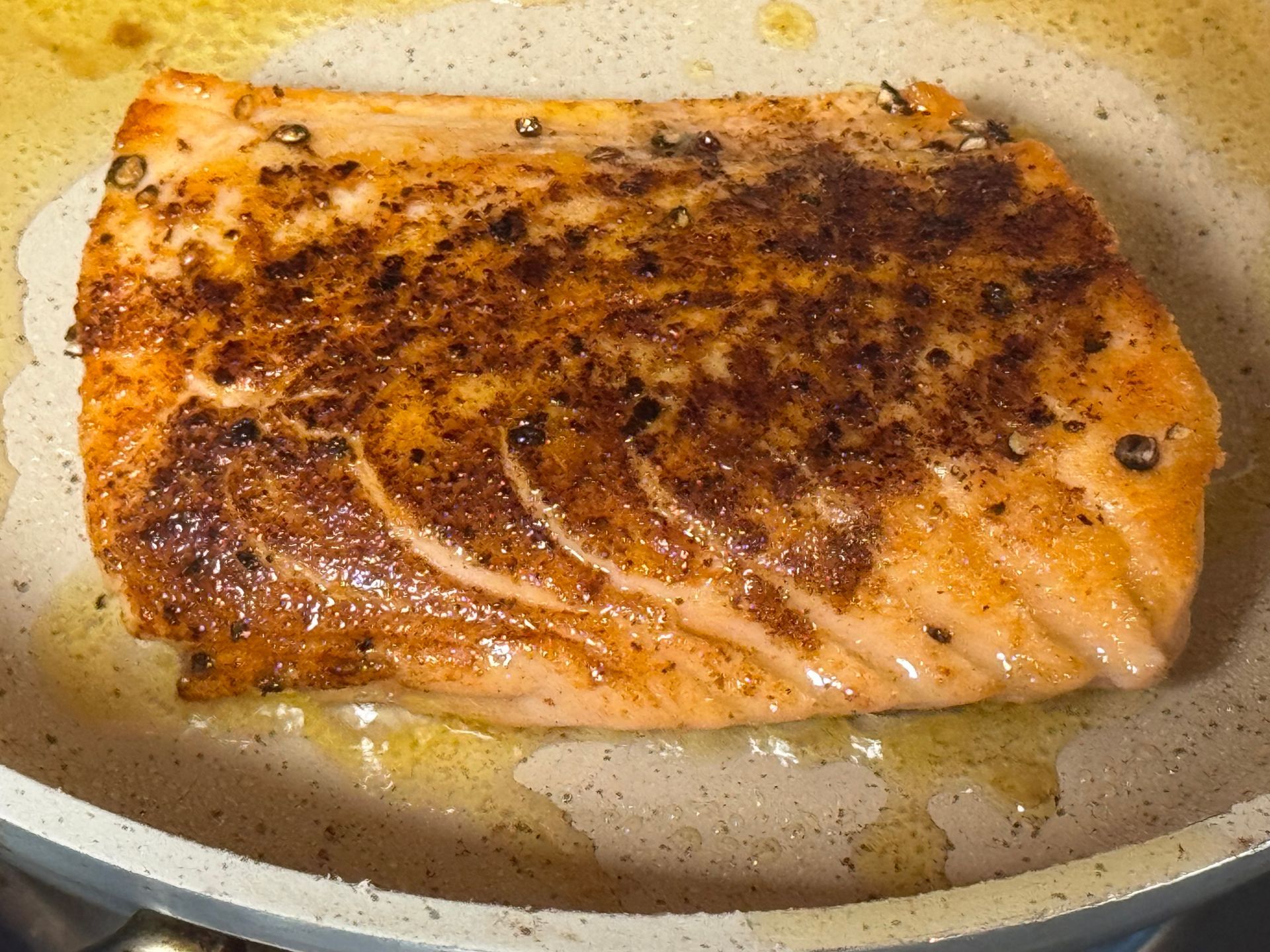
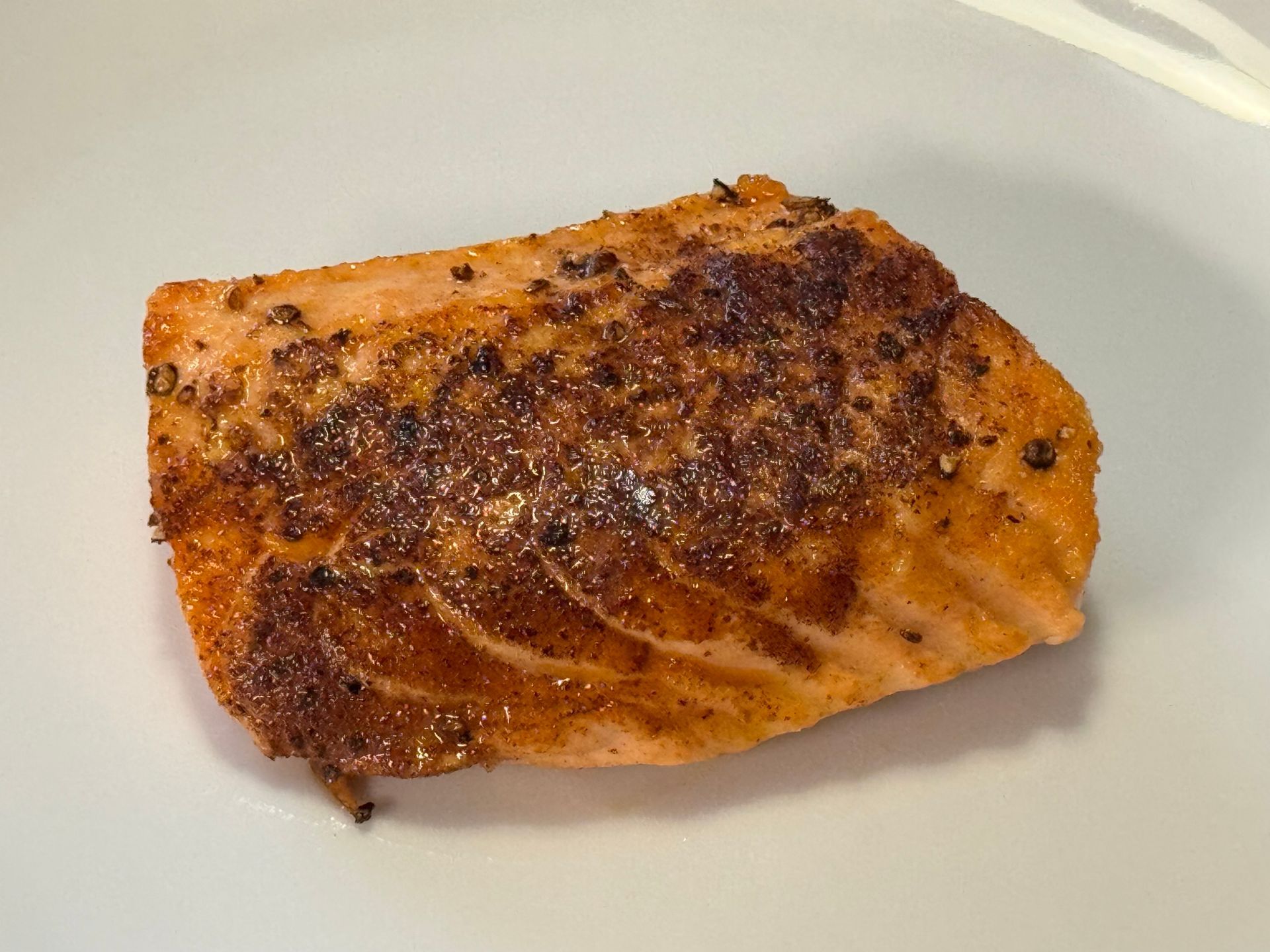
Step 1
Clean the fish fillets of all blood line.
Be careful to take out all pin bones using a fish tweezer. Discard the bones or blood line; pat dry with paper towels.
The tail end has very little or no pin bones.
Salmon fillet is naturally the perfect thickness for grilling and sauteing. When it is nicely caramelized, it is also perfectly cooked.
It's important to have the fish at room temperature when sautéing or grilling.
Season the with salt and pepper. I like to season with a little ginger, paprika and olive oil for a nice flavor compliment.
Step 2
Heat a saute pan or cast iron pan. Add oil or clarified butter and carefully place the seasoned fish fillet into the hot pan. Do not shake the pan or move the fish around, simply let the fish brown for 3-4 minutes.
Step 3
Invert the salmon and continue to cook for 3 additional minutes. The salmon will be perfectly cooked; use a thermometer to take a reading-some people like salmon rare or medium rare; I suggest cooking to 140° F so it is moist and fully cooked.
